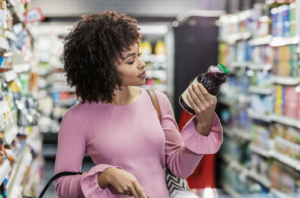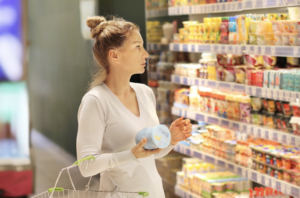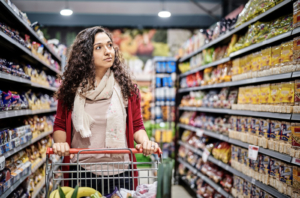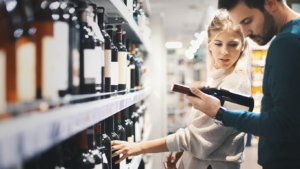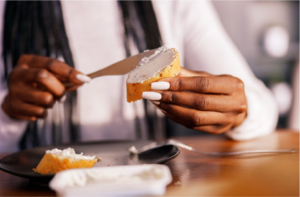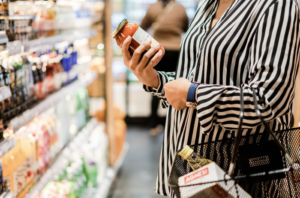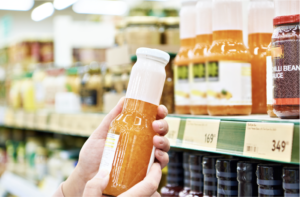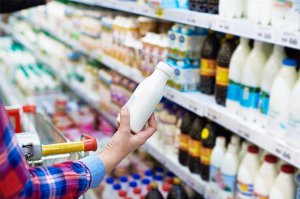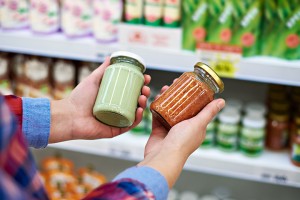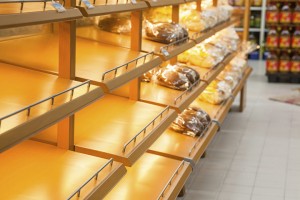Premiumisation in FMCG: Difficult to Achieve
Premiumisation is a challenging avenue for growth in FMCG given the focus on low prices in the marketing communication of both retailers and manufacturers. We examined 1,116 categories and more than 10,000 brands in 15 countries to learn whether and how premiumisation is possible. Our operationalization of premiumisation is that the category grows substantially more in terms of value than in volume.
Overall, our results show that strong premiumisation is rare: Out of 1,116 categories only 66 (6%) experience value growth exceeding volume growth by more than 20%. These premiumising categories cover different category types, but bean and ground coffee, chocolate spread, canned fish, tonic water, beer or kitchen papers are premiumising in multiple markets.
For these categories we find
- a significant increase in price paid for private labels as well as brands
- a reduction in private label share and less promotion pressure
- an increase in the number of brands and SKUs – premiumising categories seem to be attractive for new product activity (and innovation supports higher prices)
Brands that premiumise differ most from their peers through their leveraging of new products. A larger percentage of sales and at a substantial price premium. There is value in innovating!












